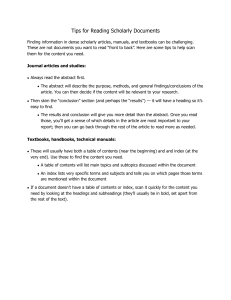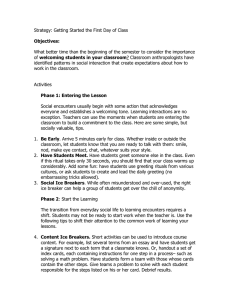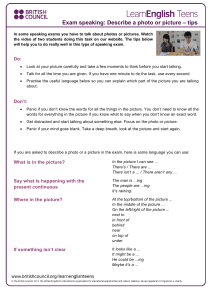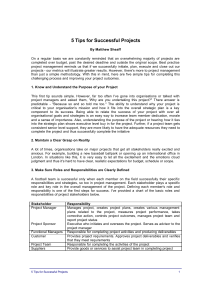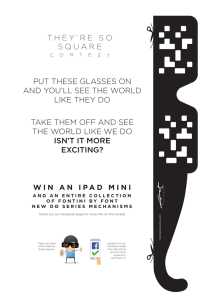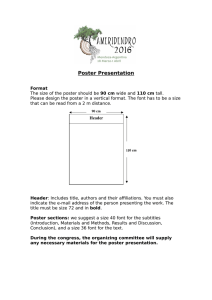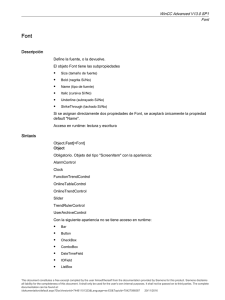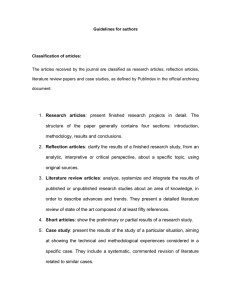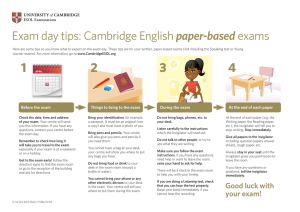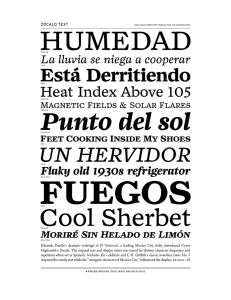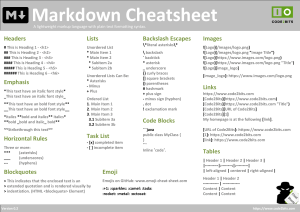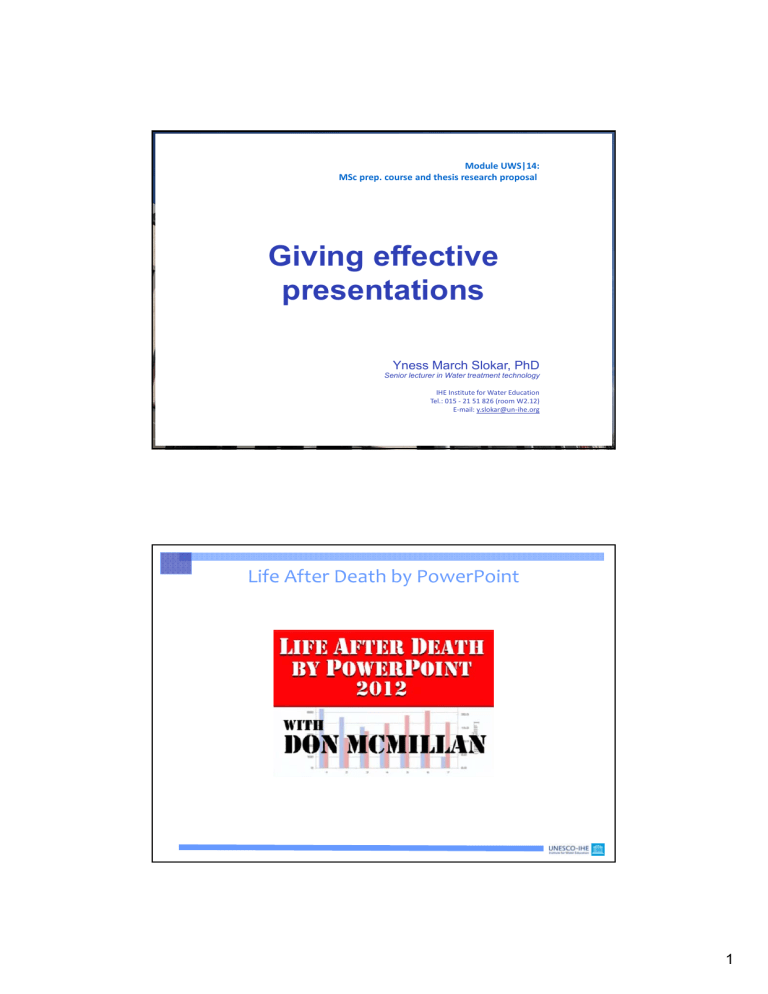
Module UWS|14: MSc prep. course and thesis research proposal Giving effective presentations Yness March Slokar, PhD Senior lecturer in Water treatment technology IHE Institute for Water Education Tel.: 015 ‐ 21 51 826 (room W2.12) E‐mail: y.slokar@un‐ihe.org Life After Death by PowerPoint 1 Key tips Font face Sans Serif (e.g., Arial, Calibri, Trebuchet MS, Verdana): The quick brown fox jumps over the lazy dog. Serif (e.g., Garamond, Times New Roman): The quick brown fox jumps over the lazy dog. Serif font has serifs (in red): (Don’t choose ‘Serif’ as font, Serif is a family of fonts!) Sans serif are easier to read. 3 Key tips Font size Make sure it is readable to your entire audience, but not so big you can only write 10 words on the slide. 18 point 20 point 24 point (this presentation) 28 point 32 point 36 point 4 2 Key tips Bold To Bold or not to Bold? Long sentences all in bold do not look good and are more difficult to read. This looks much better and easier to read. (Use bold letters to highlight words.) 5 Key tips Capital letters AVOID WRITING WHOLE SENTENCES IN CAPITALS. IT IS LESS READABLE AND MORE AGGRESSIVE. This is already much more readable. (Use capitals for acronyms.) 6 3 Key tips Text content Don't fill up slide too much; use text as key words. Run spell check. Avoid bullet abuse. 7 Key tips Amount of content Appropriate number of slides; chose what is important to show (1 slide / minute). Don't over‐clatter your data. Leave free space at the edges of the slide. Explain the presentation of your results (graphs). 8 4 Key tips Type of content If you can, show it in graph, not table. 9 Key tips Legibility Avoid bad color schemes. Use the same color scheme | organization on all slides. Use different color as emphasis. This is OK. This is OK. This is not OK. This is not OK. 10 5 Key tips Animation Don't over‐animate the slide. It is unnecessary and tiresome for the audience, as well as distracts from the message you are trying to convey. When is it OK to use animation? When delay is necessary, e.g.: o interacting with audience (asking question before giving answer); o having control over speed of conveying information; o clarity of presenting results. 11 How you say it matters 12 6 How you say it matters Verbal skills Don’t rush. Be loud enough for the last row of audience. Vary voice tone (conversational). Show enthusiasm for what you are presenting. People remember the first and the last thing you say with the slide. Make it count. 13 How you say it matters Most common mistakes Poor posture (hands in pockets, crossing arms, etc.); speech and presentation not in sync; fidgeting & big movements; lack of physical & facial expressions; lack of eye contact; failing to smile; eye rolling. 14 7 How you say it matters The right way Keep eye contact; stand straight & breathe; connect with your topic; face your audience; practice. 15 8 Assignment 3‐4 min presentation on any topic. E‐mail presentation (y.slokar@un‐ihe.org) by Monday 18 Sep 07:00. File name: SN_Surname (e.g., 123456_Slokar). Presentations plenary session (Monday 18 Sep, periods 1+2) in random order (pulling LNs). Everybody gets to comment each other. 17 Thank you for your attention. Questions? 9
